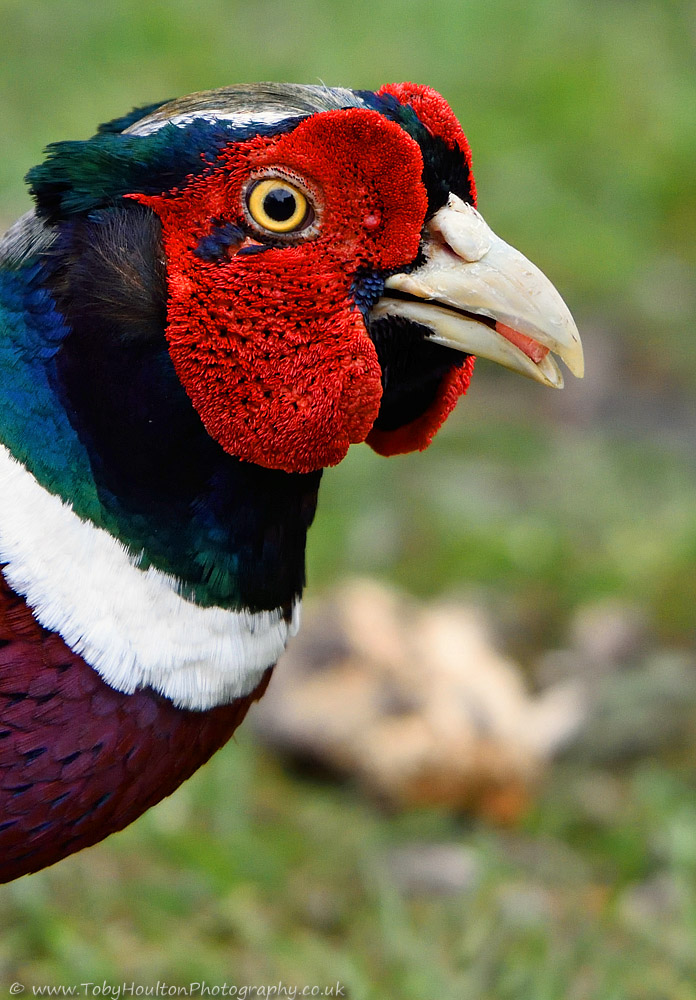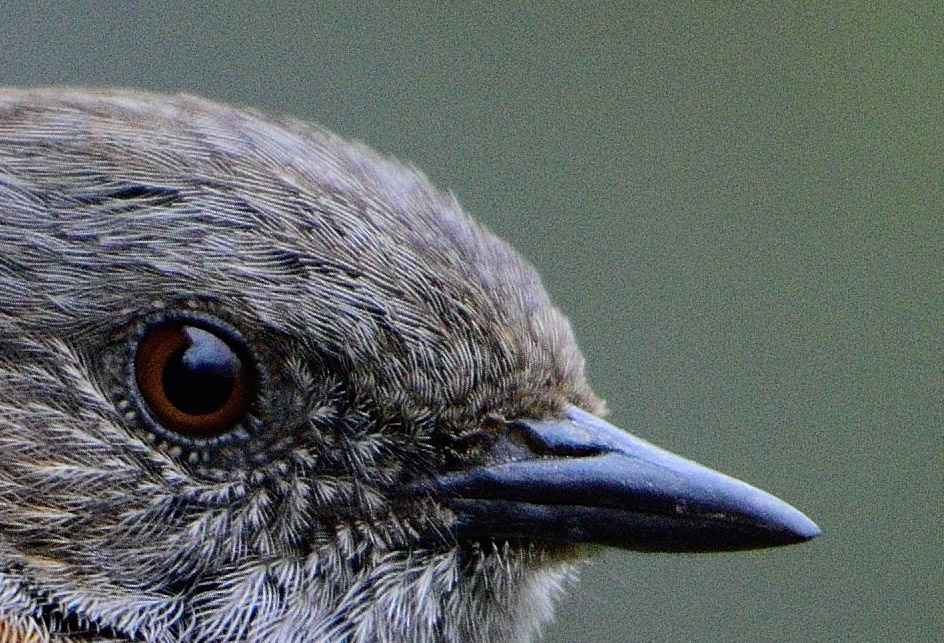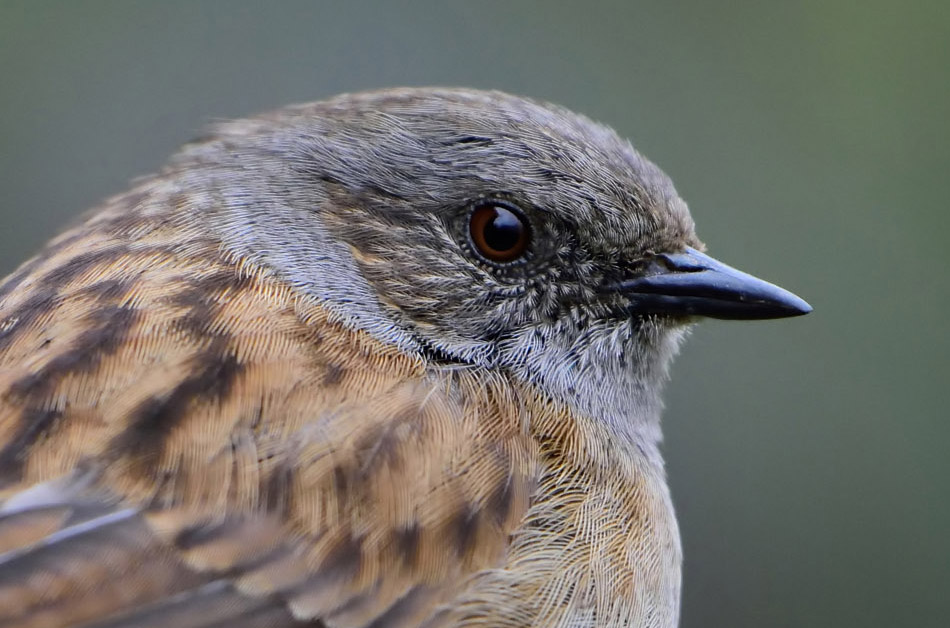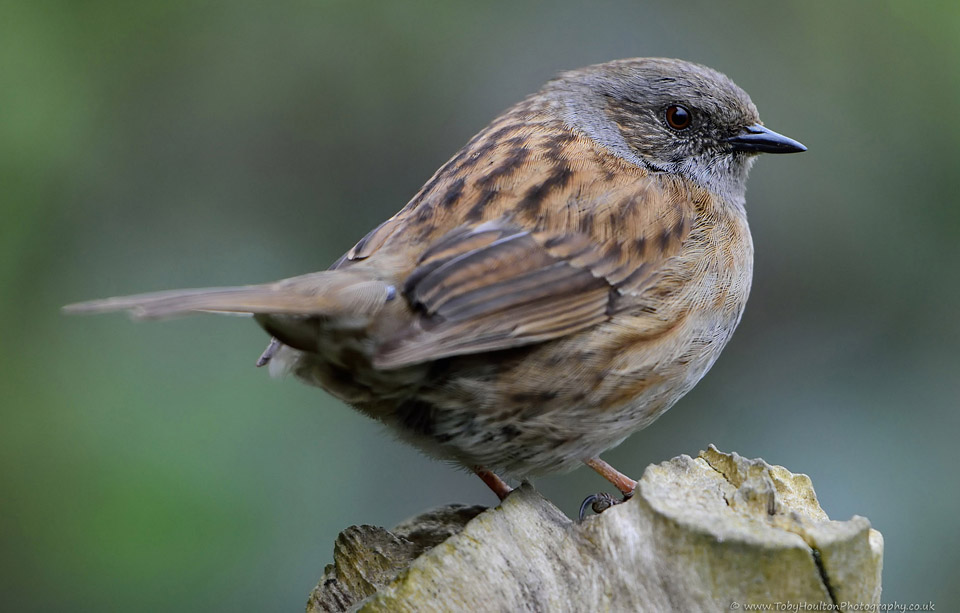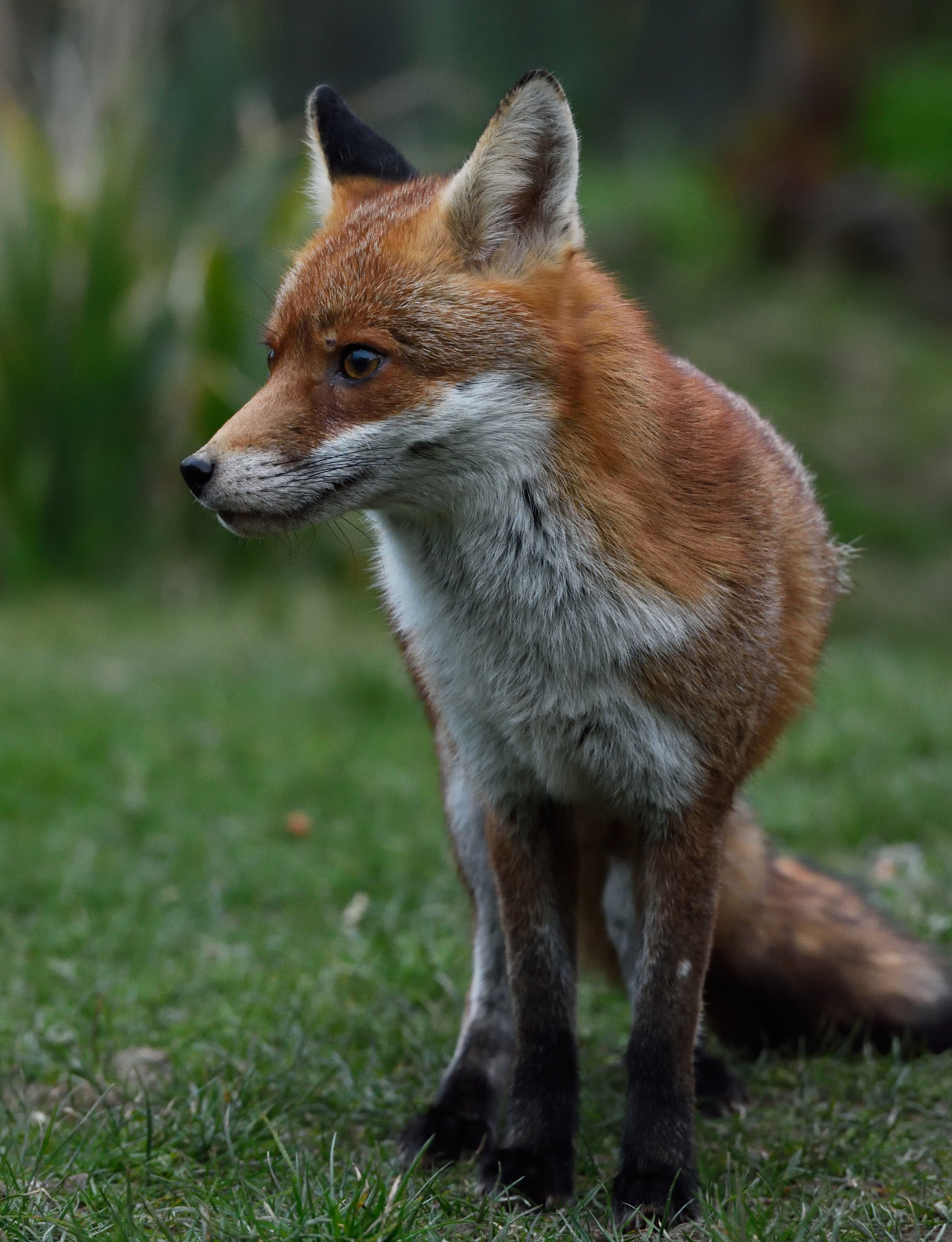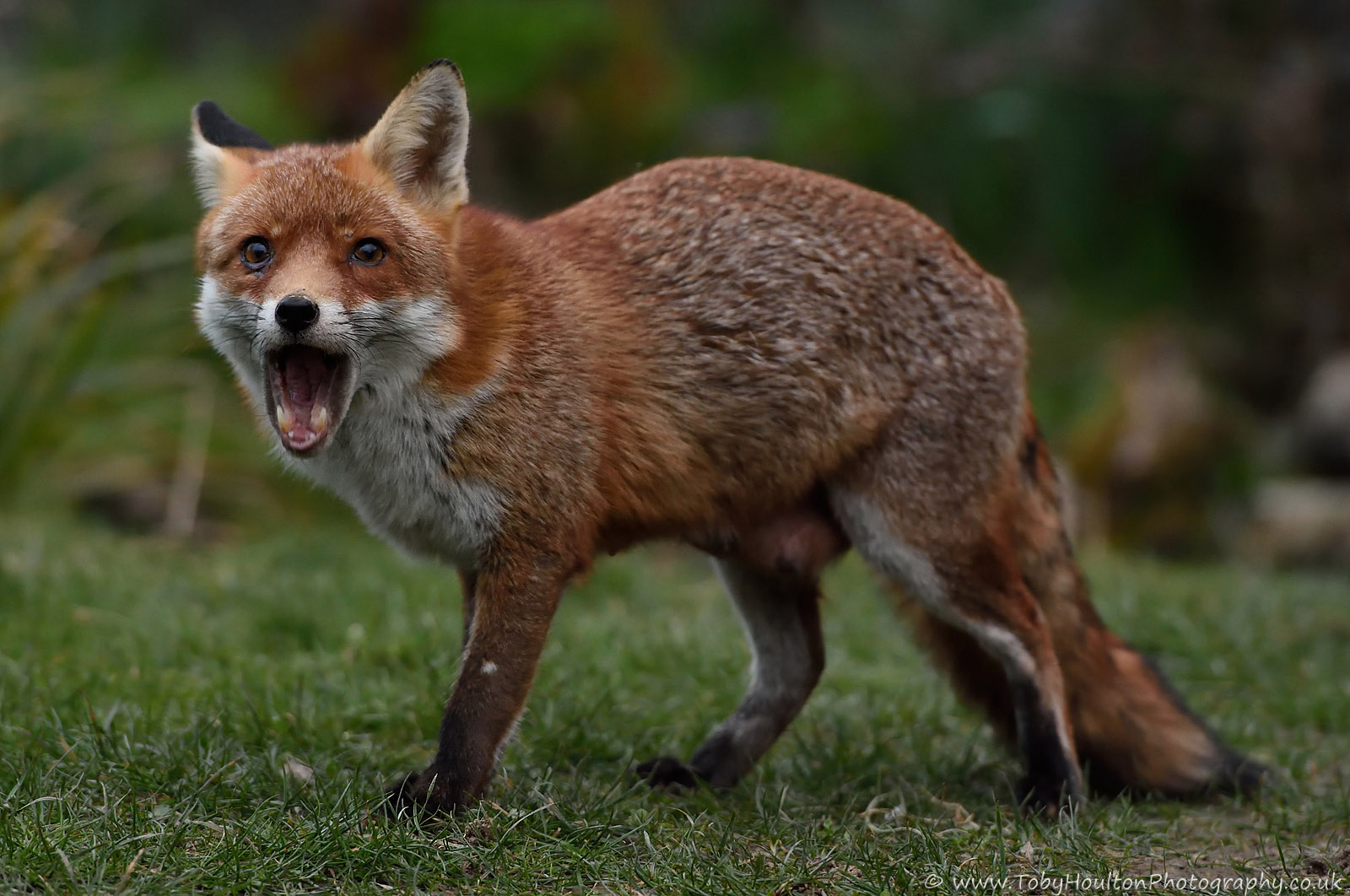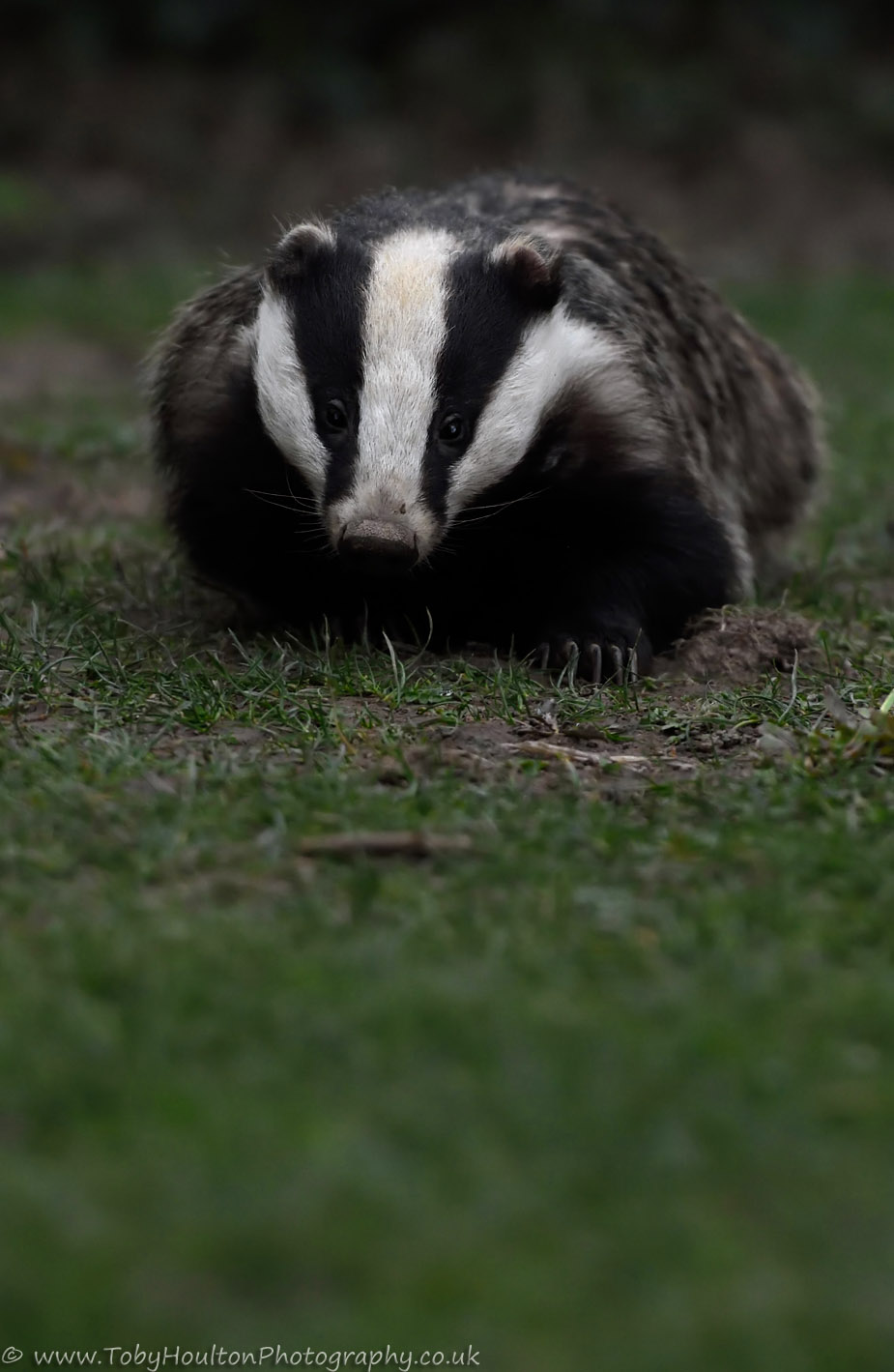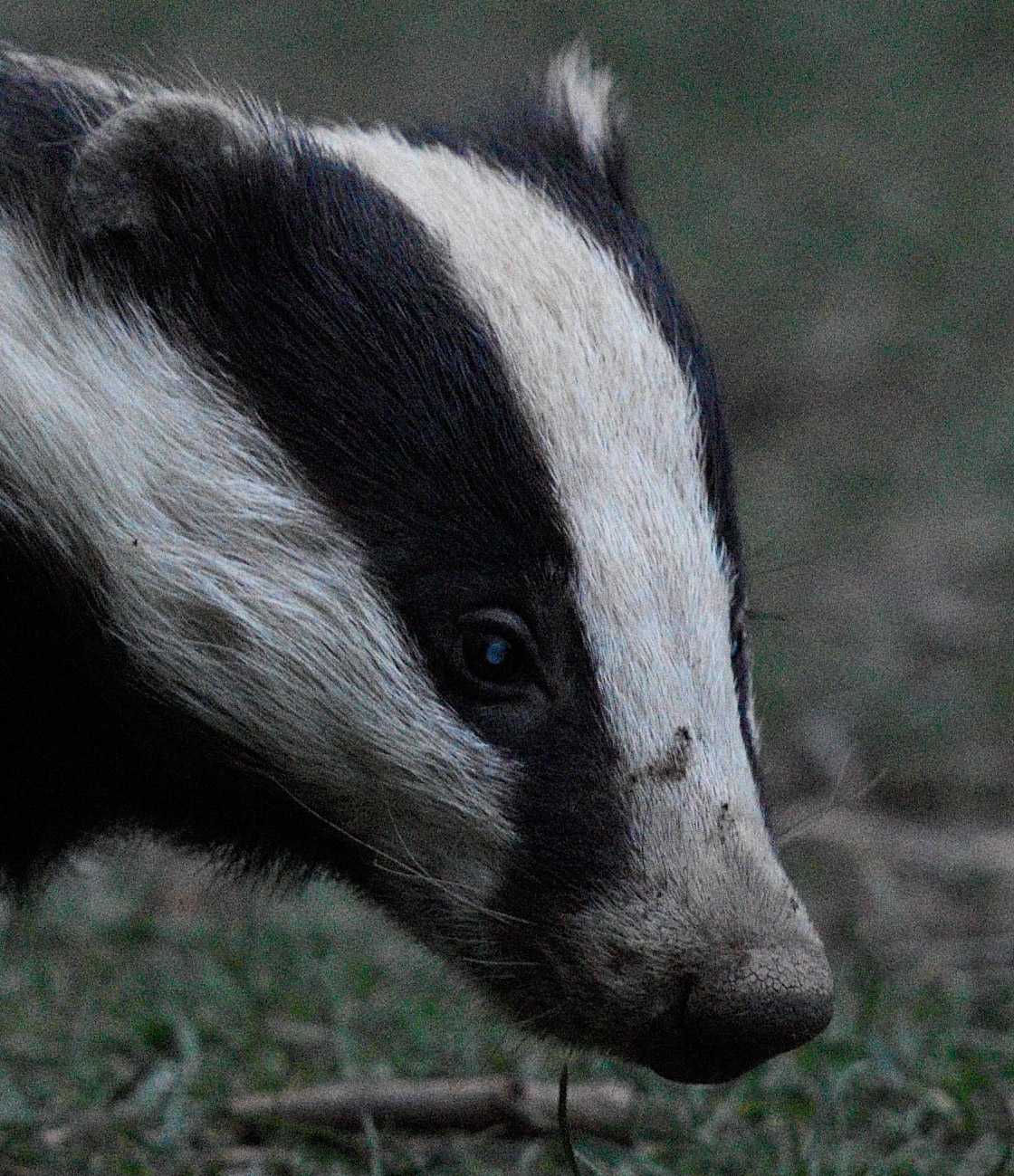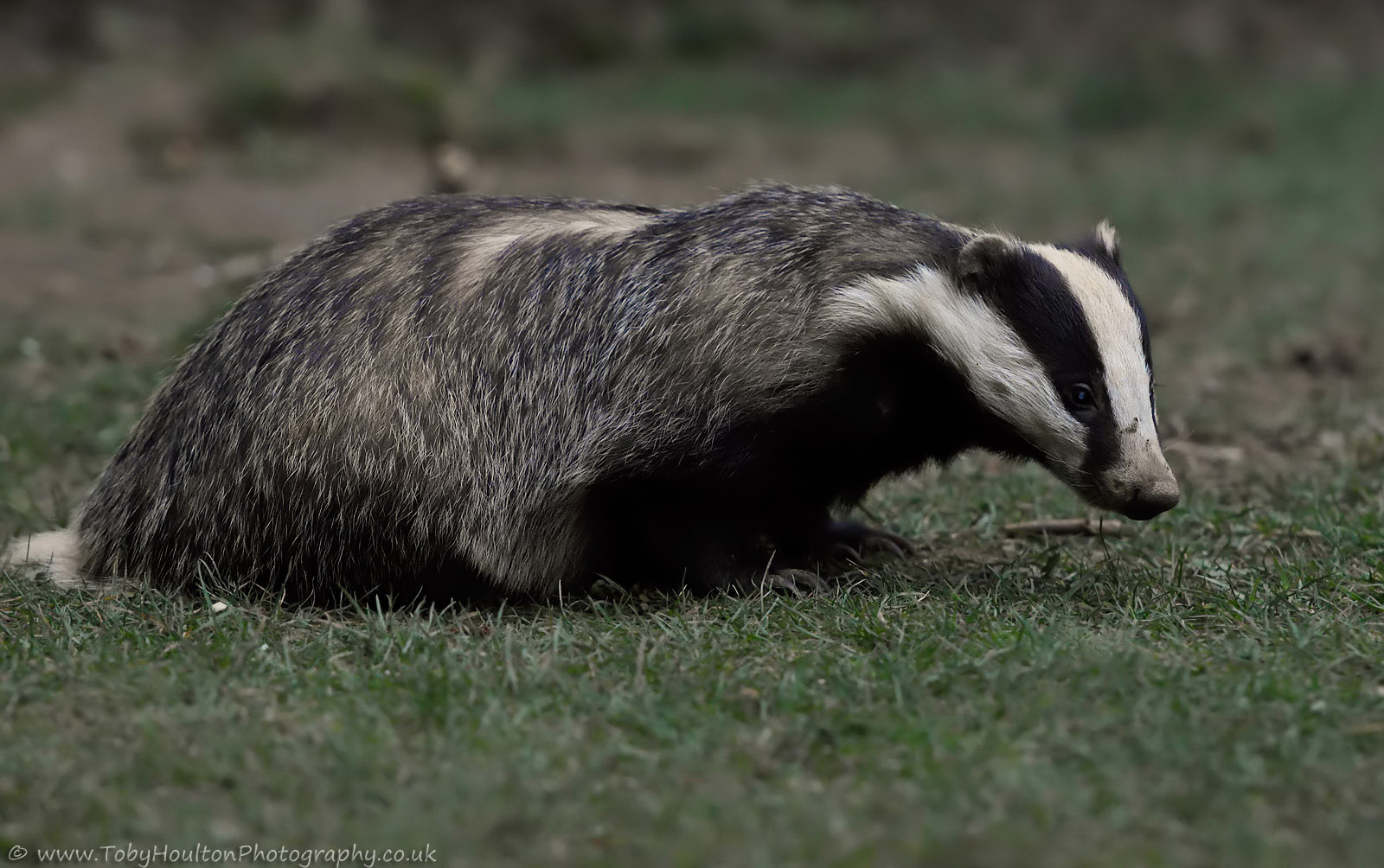Firstly, a happy new year to my followers.
Here’s a quick rundown of some of my photography highlights of the year….
Despite feeling like I’ve managed to get out nowhere near as much as I’ve wanted to this year (I wonder if all wildlife photographers feel this way?) I’ve still had a really good year and managed to meet some of my personal goals.
I thought I’d share a few of my favourite moments and images with you all.
January was successful for my Barn Owl images. A bird I never tire of trying to photograph and have spent so many hours looking at an empty field of tufty grass but, when it does all come to fruition, it’s worth every moment –
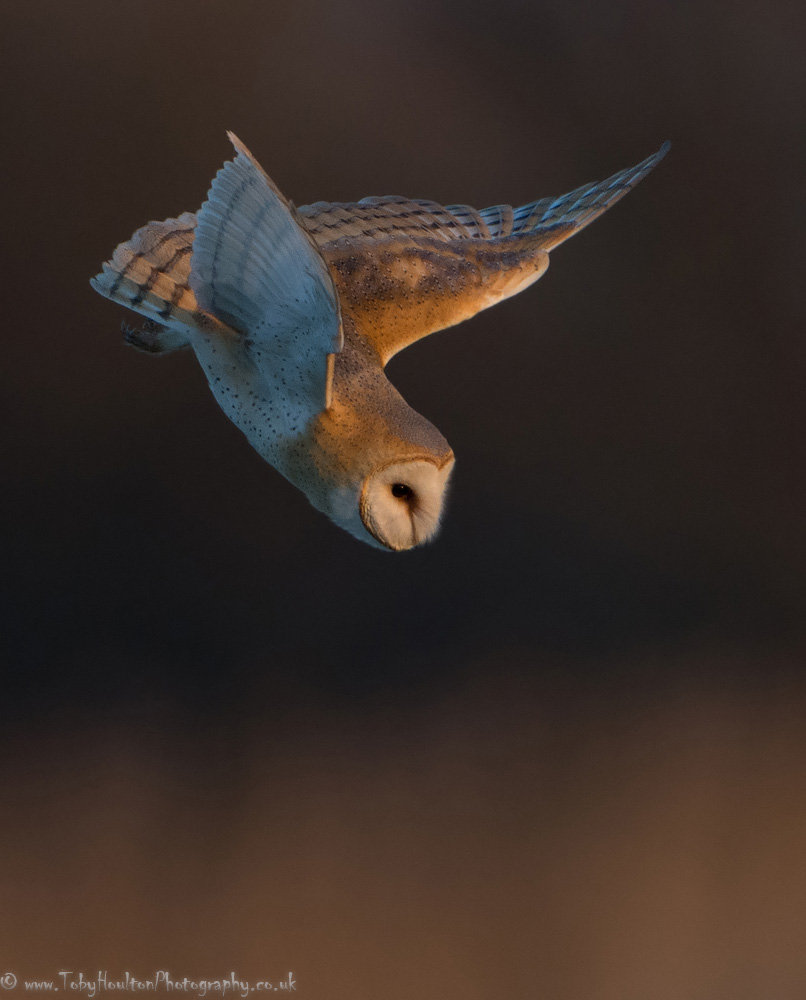
Barn Owl diving after prey
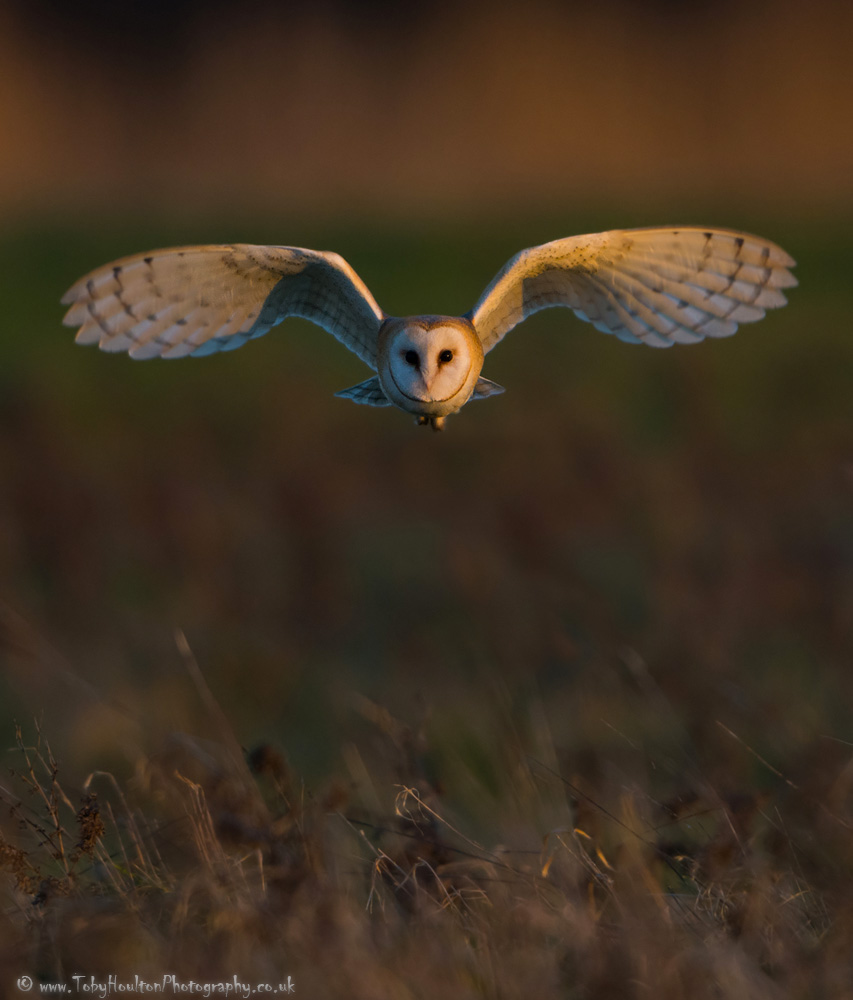
Barn Owl incoming!
Whenever I attempt to photograph these lovely birds I always hope that one will perch close enough to get a decent “classic” shot. They certainly won’t do this if you are visible so I’m inevitably hidden from view under a bag hide and behind my tripod. I can’t tell you how fast my heart was beating when this owl flew right towards me then veered off and, from the corner of my eye, I saw it land on a post around 30 feet away. As it was now around 90 degrees from where the lens was pointed I had to move so agonisingly slowly to bring the lens round whilst daring not to breathe. Luckily I drew no attention and was able to get the type of image I had hoped for in the dusk of the dying day.
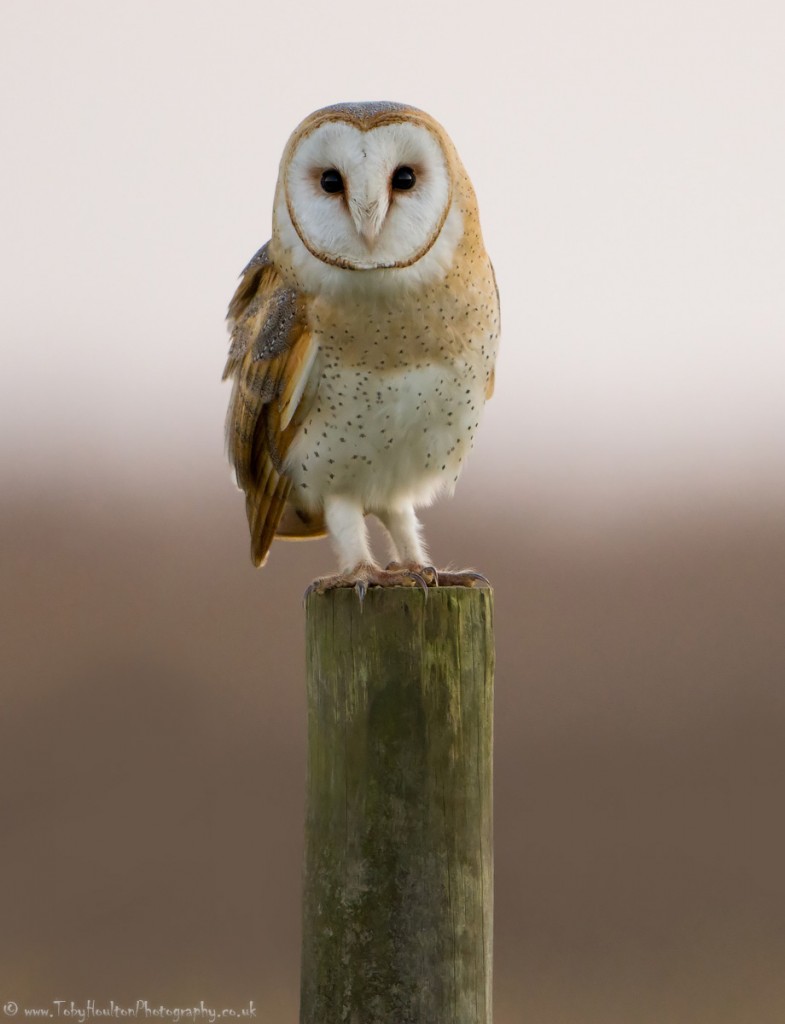
Barn Owl on perch
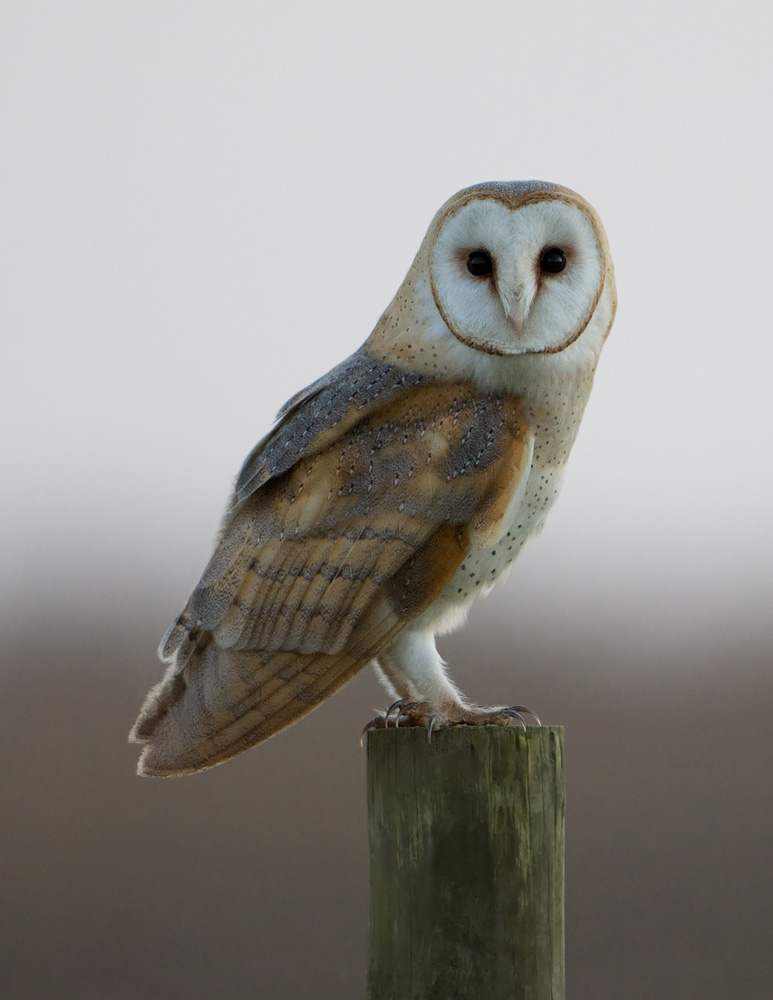
Barn Owl in perfect pose
February saw a personal goal realised when one of my images was chosen to grace the front cover of Bird Watching magazine for their 30th anniversary edition. This was one of my favorite images of the previous year and was taken at Minsmere in Suffolk and was my first (and only so far!) front cover on a national magazine.
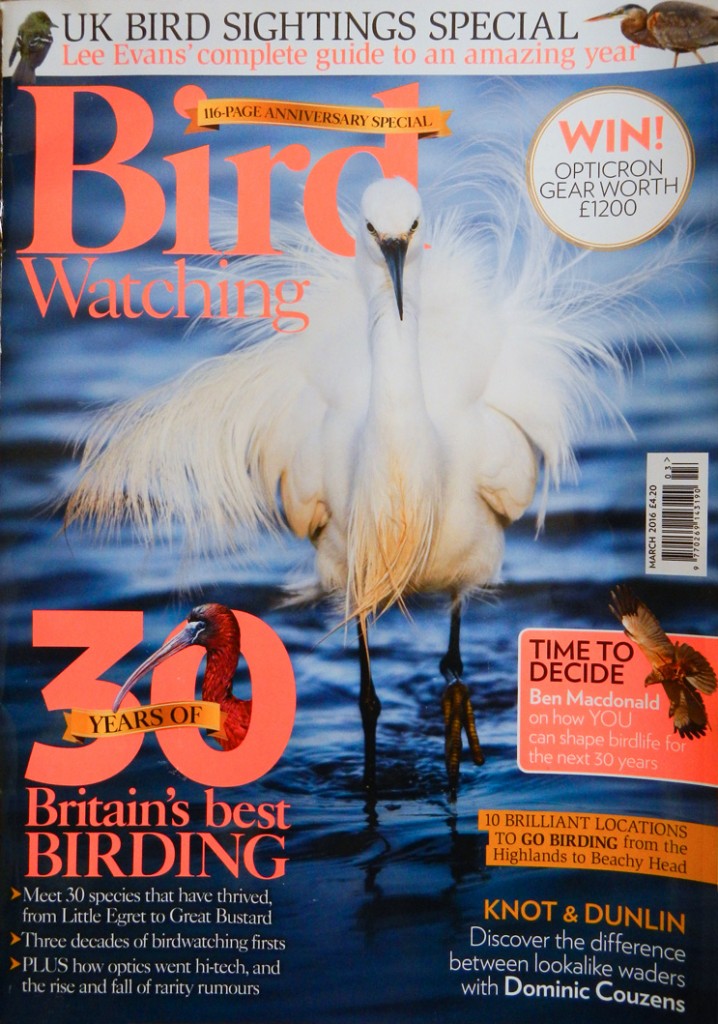
my first front cover on a national magazine
Those who follow my blog will know that I enjoy submitting images to competitions and this year managed to have an image included in the inaugural Bird Photographer of the year competition with my image of a feisty goldfinch in the garden birds category. Very humbling to be included in a book with some of the best photographers on the planet! What I like even more is that this shot was taken from my back door!
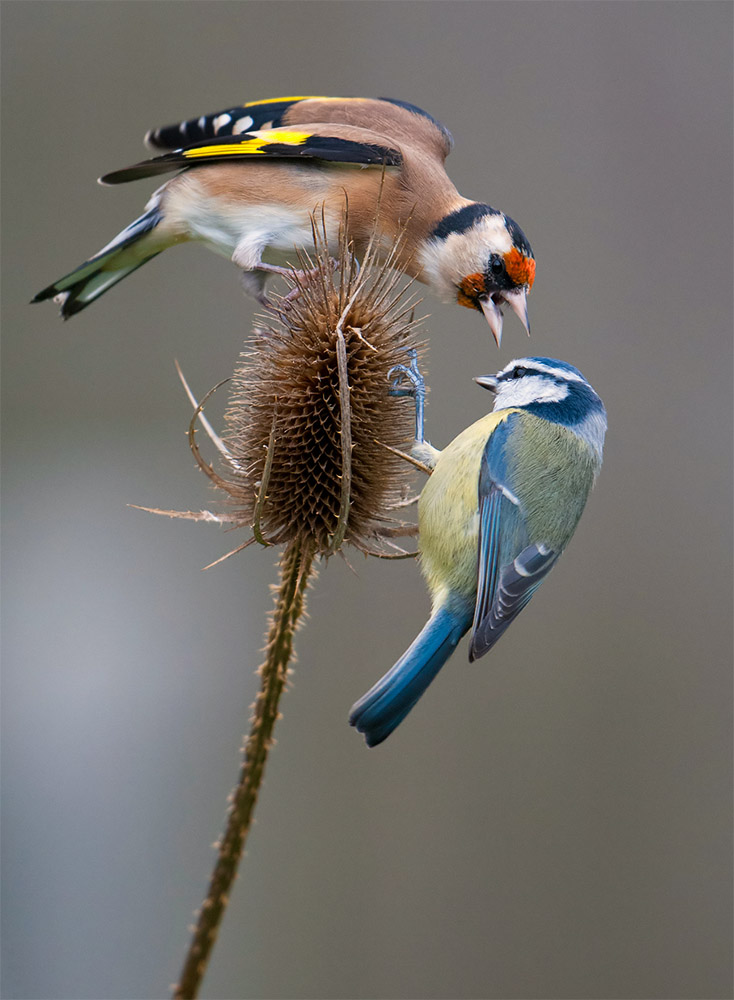
Included in Bird Photographer of the year book
Whilst I am on the subject of competitions, I did enter a couple of others in 2016. I tried some of my badger reflection images in Wildlife Photographer of the year (the major global competition) and had two images shortlisted but didn’t make the final cut. Still really pleased considering this competition receives over 40,000 entries! I haven’t entered in this years but have my eye and brain on some images for next year.
Early spring saw the visit from our neighbourhood foxes and badgers increasing and each evening I am treated to very close experiences with them now that I’m part of the clan. Sometimes it was just too much effort to pose!
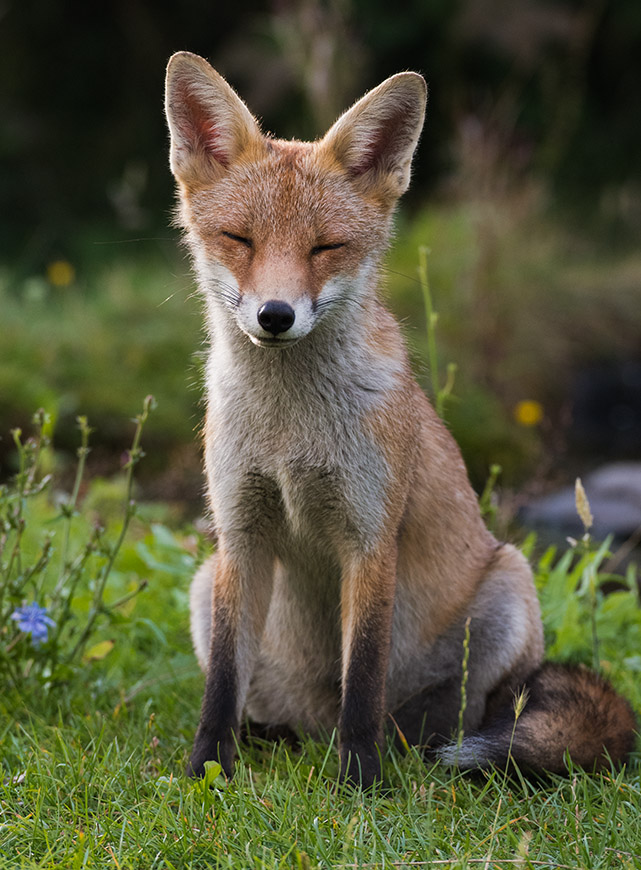
Tired Fox Cub
May finally saw the release of the Nikon D500, a camera that so many wildlife shooters have been waiting for, literally for years. 10 frames per second and an almost unlimited buffer when seriously shooting RAW, along with a flip up/down screen (no more framing images with my face on the floor!) and 4k video made this a foregone conclusion for me.
May also gave me a small surprise in the shape of a Black Adder. My wife, Maria, spotted it whilst walking in woodlands near Eastbourne –
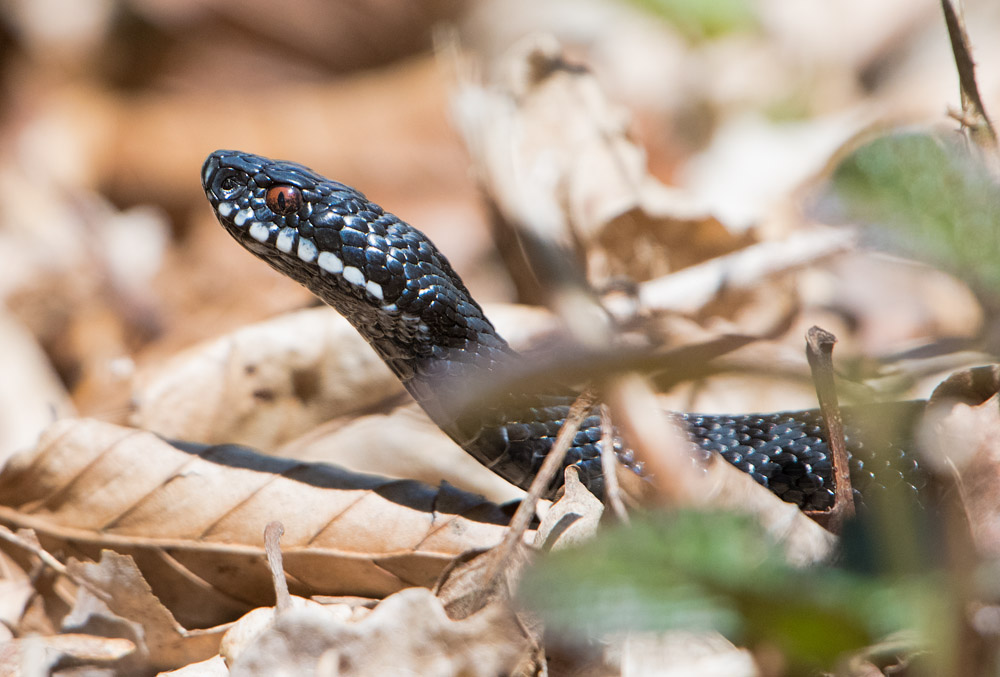
Black Adder
June was my first visit to the Ardnamurchan peninsula on the west coast of Scotland. Breathtaking scenery, peaceful and wildlife everywhere (see my previous posts for images including Pine Marten). I really am smitten with Scotland. I can put up with the midges (he says bravely) and the renowned harsh weather and would love to live in this part of the world. Also part of the same trip, we dropped down to Northumberland to visit the Farne Isles for the first time.
If you haven’t been to the Farnes then you really are missing a treat. It’s an assault on all senses and as a photographer you will be spoilt for choice and opportunities regardless of kit and ability. You can literally sit down a few feet from a Puffin if you so wish (remaining on the boardwalks of course). Everywhere you look there are birds wheeling in the air, whizzing past with nesting material or fish in their beaks or engaged in all kinds of interesting behaviour. Just make sure you wear old clothes and a hat if landing on Inner Farne as the Terns are feisty in their defence of your perceived threat to their nests. As with any wildlife, a little thought about where you do or don’t stand makes all the difference, keep your eyes open and have some respect for their space. They will reward you with more natural images! One thing is for sure, I totally overdid the puffins in flight shots. Hard not to ;)
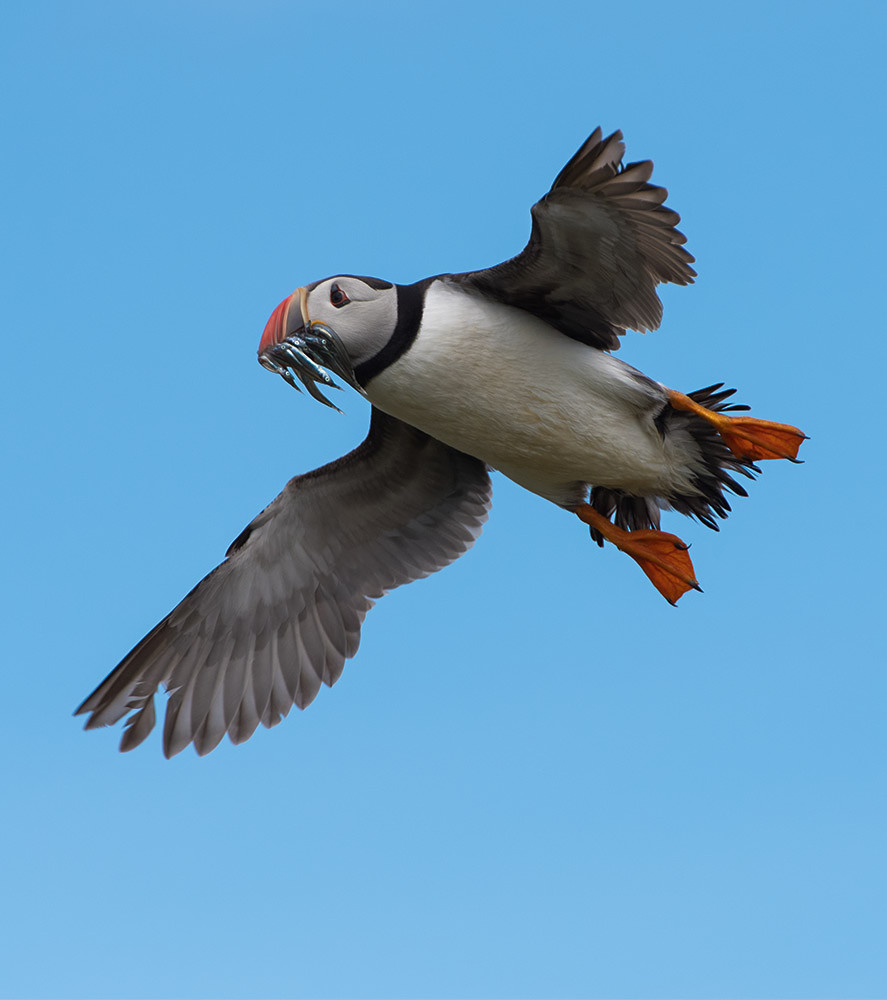
Puffin in flight with sandeels – Farne Isles
Also great chances to photograph lots of other different seabirds…
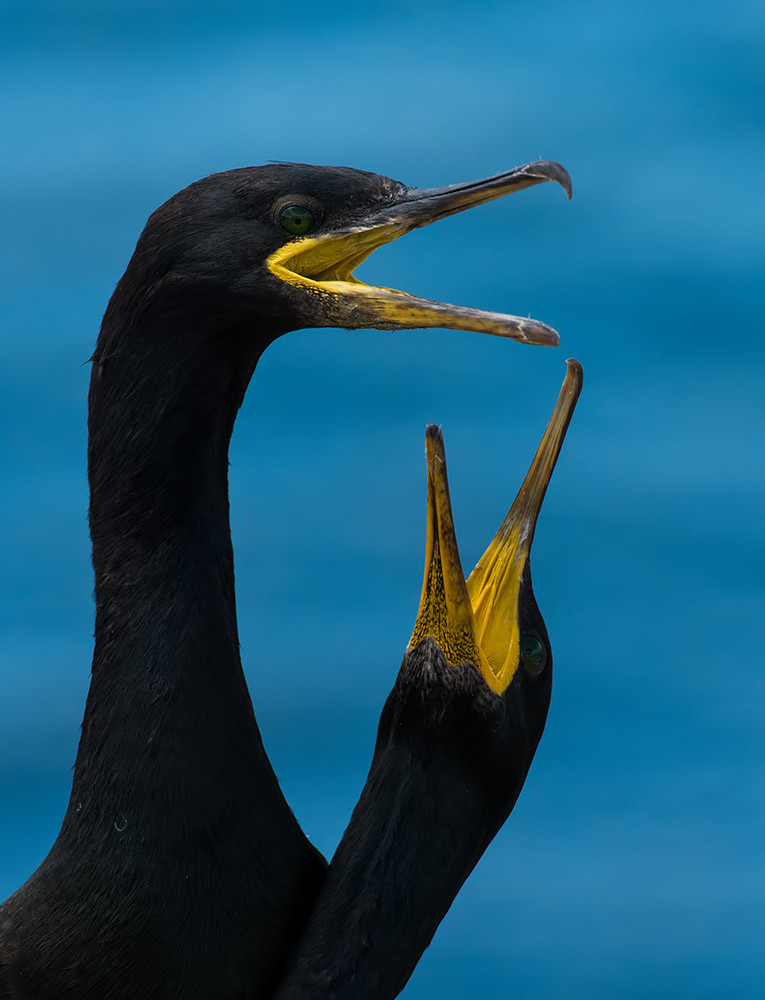
Shag courtship – Farne Isles
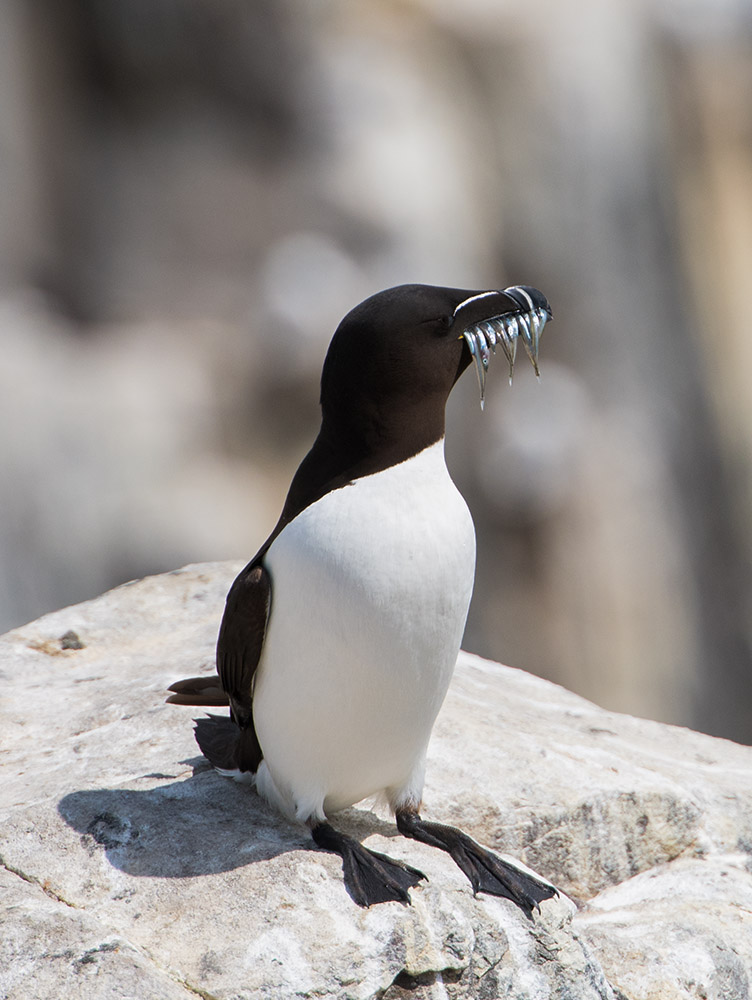
Razorbill with sandeels – Farne Isles
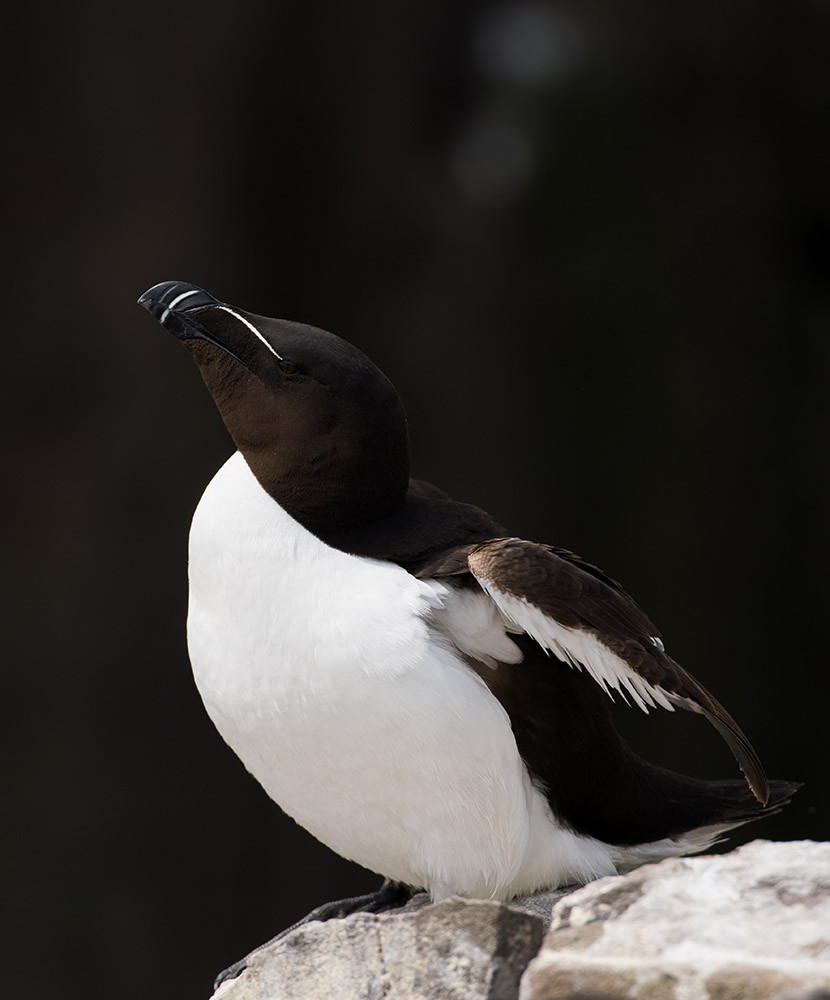
Razorbill resting – Farne Isles
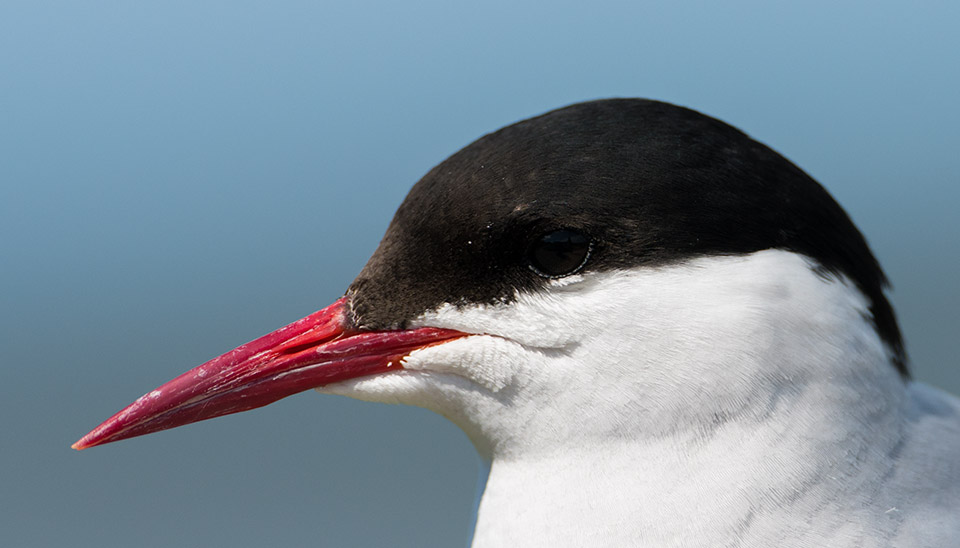
Arctic tern portrait – Farne Isles
July saw fox activity in the garden at a peak. With at least 3 youngsters our visiting mum had quite a job keeping them in check and they were always full of mischief. By this time they have learned that if mum won’t give you any food, sit back a little way, watch her bury it, then go grab it when she moves away! Get caught and get told off…
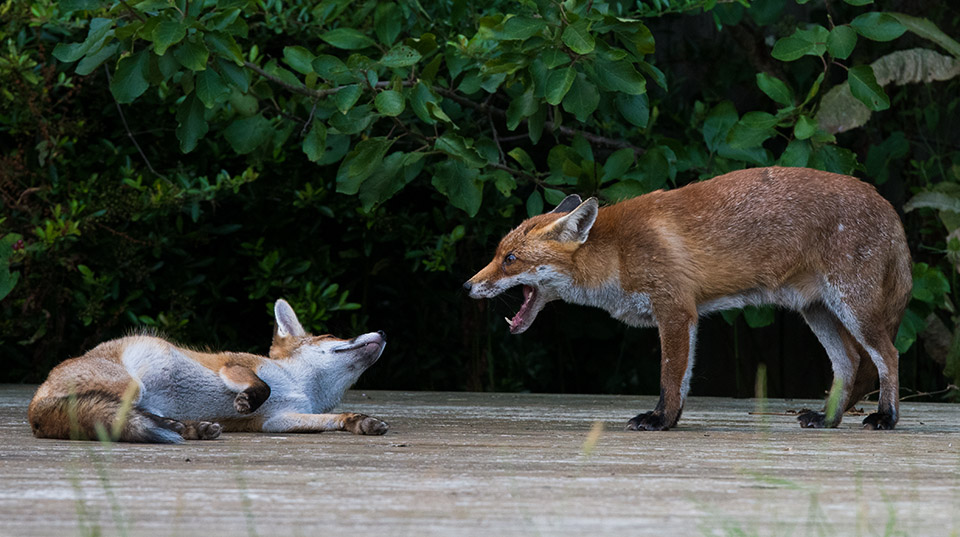
Scolding for young fox
I always try to fit in some macro work during the summer when there are plenty of subjects, even better if you can get a hot day with the temperature dropping overnight to add a little dew on the resting insects. These normally mean a very early start to get plenty of time before they are warmed by the sun.
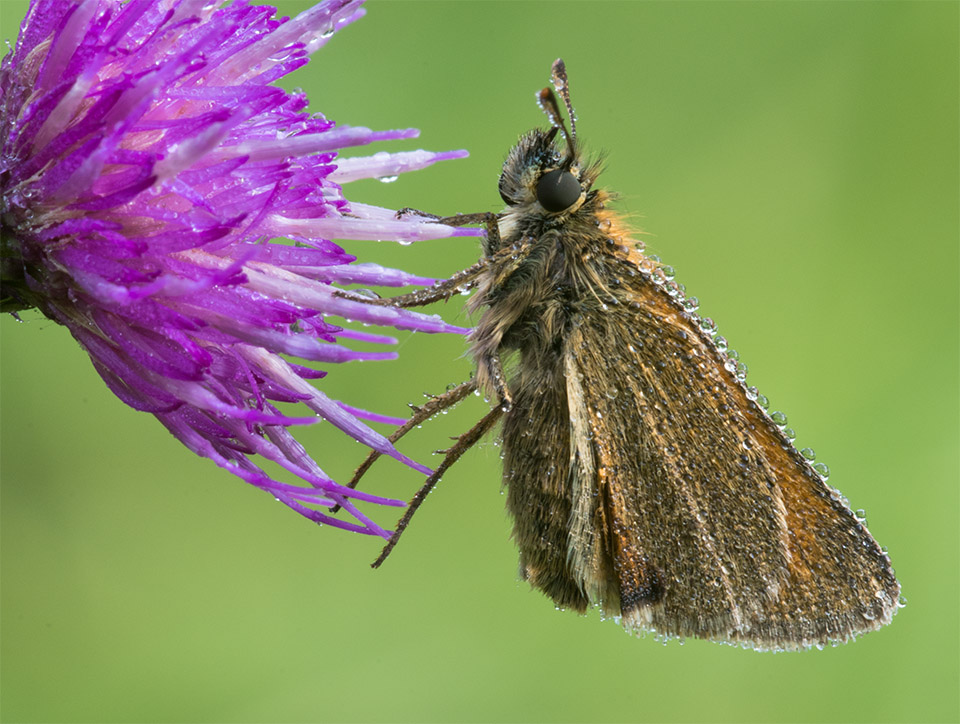
Little Skipper butterfly and dew
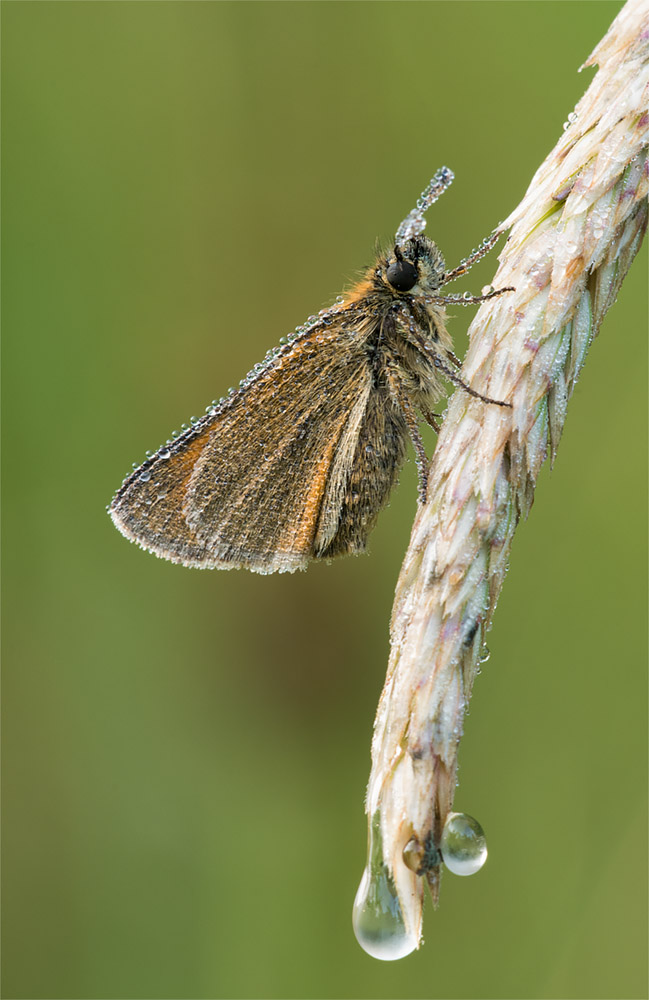
Skipper covered in morning dew
I also tried to spend as much time as possible with the badger clan that visit the garden. Sitting on the lawn feeding badgers just a few feet away has to be one of the most relaxing ways (for me) to spend an evening. I have some ideas on how to improve upon my images that were shortlisted for both the British Wildlife photography Awards (BWPA) and the Wildlife Photographer of the Year (WPOTY) – they both came close but didn’t get chosen at the final stage. An improvement to my lighting technique will help I think. Here’s what it looks like from ground level with a bundle of badgers in front of you –
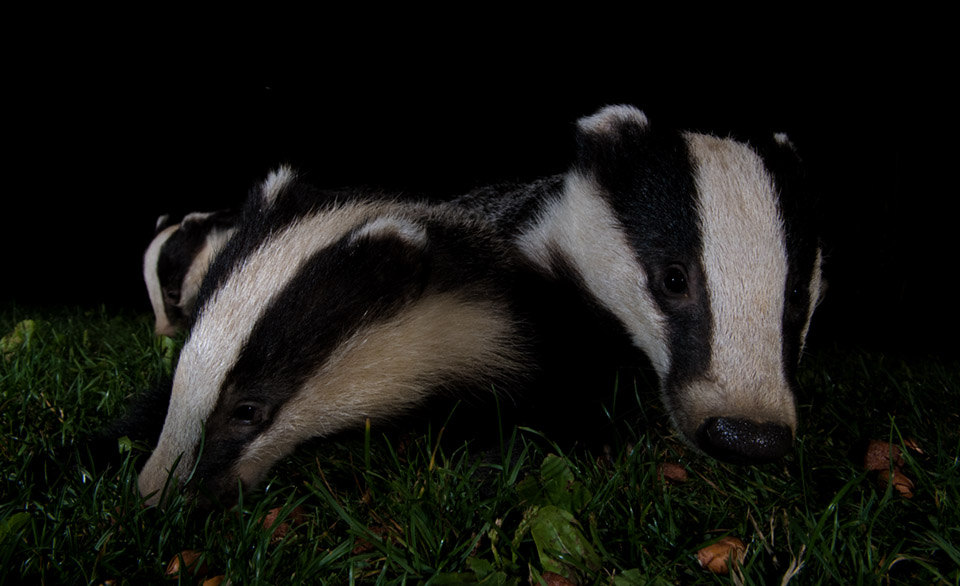
Young badgers feeding in garden
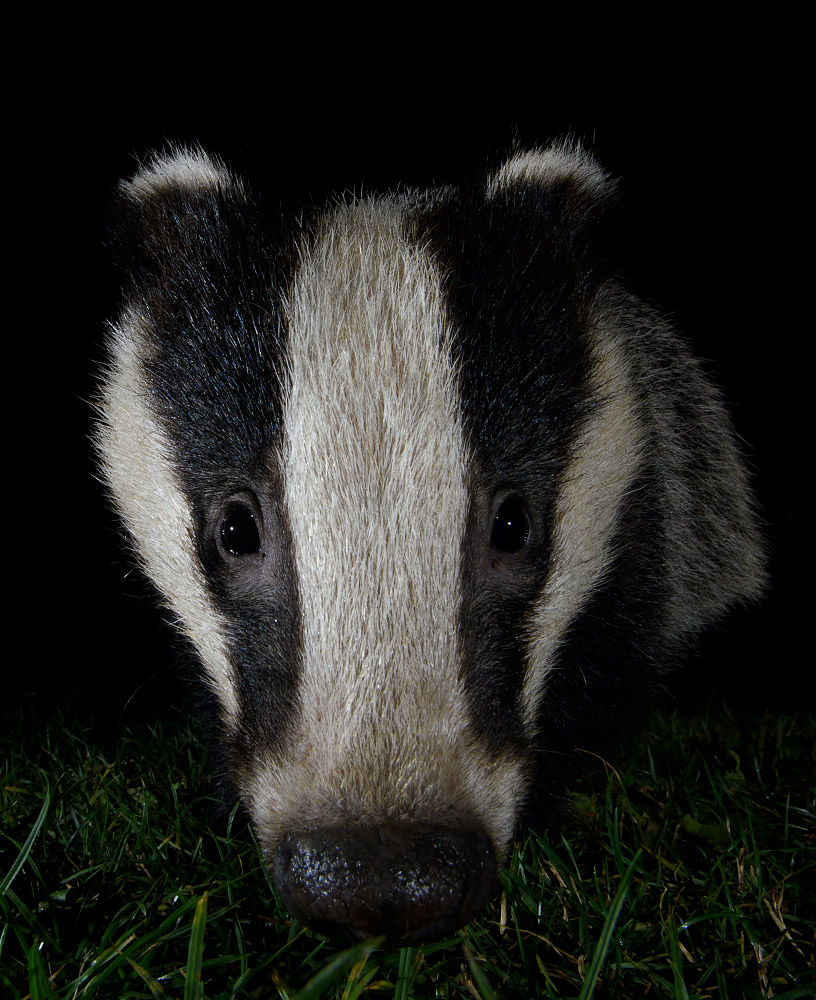
Badger Cub close up
What I’ve really been hoping to improve upon is my reflection shots. Although the images I took this year were quite pleasing, they just don’t quite cut it for the serious competitions. Next year!
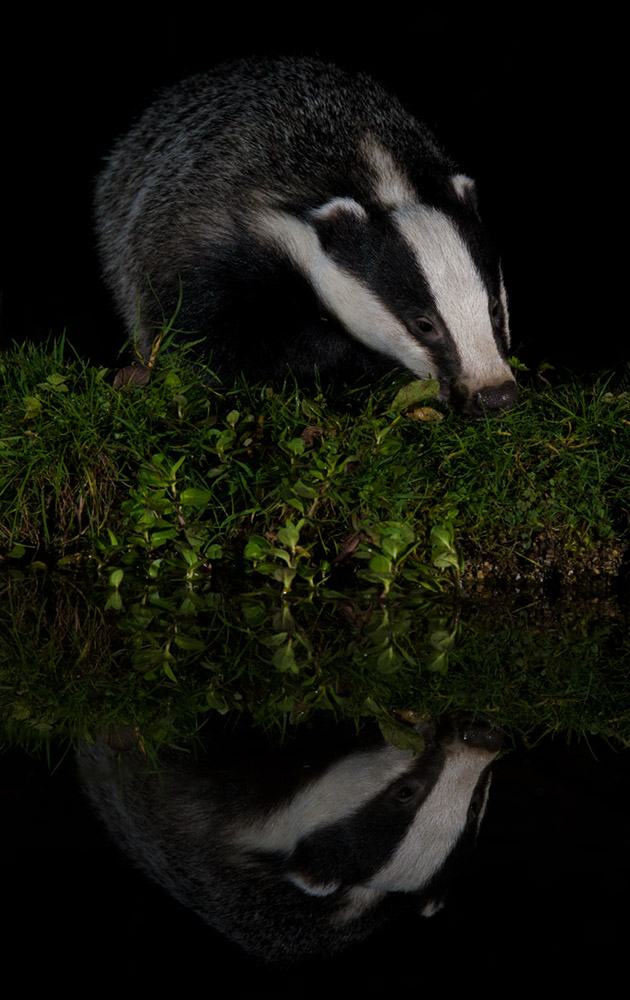
Badger reflection
Talking of Badgers and BWPA (British Wildlife Photography Awards), I had pretty much given up on achieving another of my goals this year. Even though I had 6 images shortlisted in the competition (5 of my badger images and a macro Damselfly image), September rolled round and I hadn’t heard that any had been successful. I had resigned myself to another “not quite” year when out of the blue I had a strange E-mail telling me that as I was included in the BWPA book this year (YAY!) I could collect my free copy “at the BWPA book table in the gallery on Monday 5th September”. This E-Mail arrived on the 4th Sep at 17.13 and I quickly realised perhaps I had been invited to the award ceremony but hadn’t been told! Thankfully my understanding boss allowed me to take the afternoon of the 5th off and I nipped up to London to the Mall Galleries where the ceremony was that evening.
Seeing all the final images professionally printed and mounted was excellent, it really made them look their best. I made my way round the room trying to find my badger image(s) and was really confused when I couldn’t find any. Had they made a mistake and actually I wasn’t mean to be there after all? Another time round and still couldn’t find any so took my time on the 3rd attempt to look properly and there, amongst the hidden britain display was my shortlisted Damselfly image. So pleased at finally making it into the book but admittedly a slight pang of disappointment that it wasn’t one of my badger images. I clearly have too much emotional attachment to them! Anyway, here is the image that was chosen and which also popped in as a full page in the Nikon magazine NPhoto –
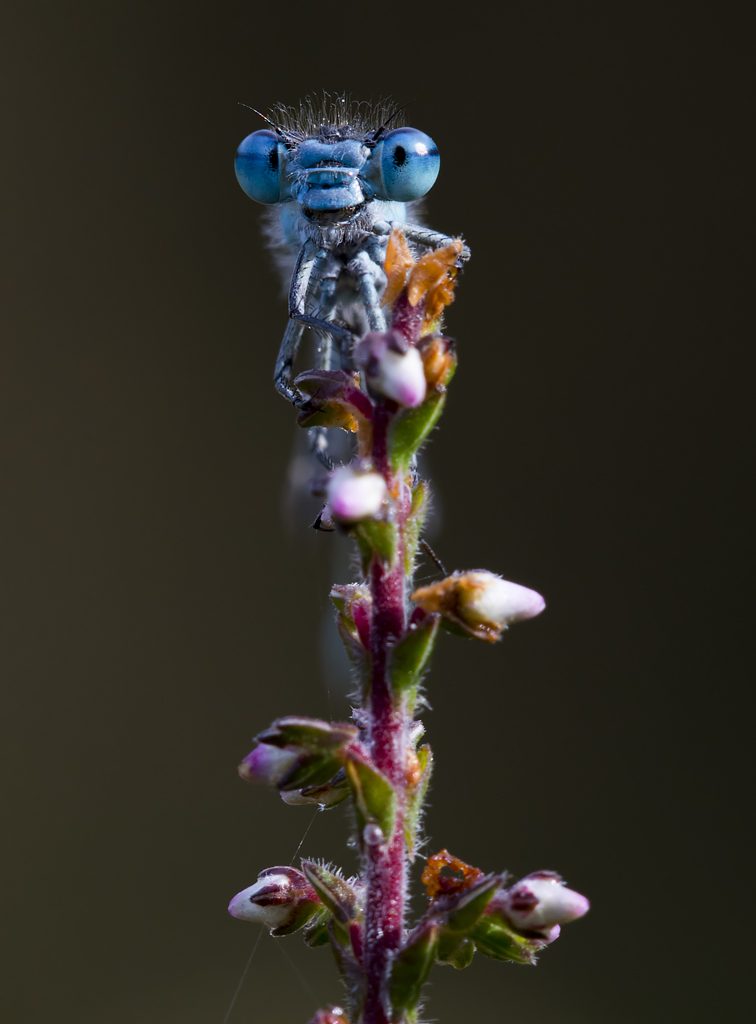
BWPA shortlisted image “Peeking over”
Autumn and winter have been particularly mild this year. I really enjoy really cold snaps as the addition of frost and snow add another dimension to any images but they have been in short supply. Although it doesn’t help the wildlife, I always make sure I have plenty of food available in the garden. This year I had collected lots of acorns that had dropped in areas unlikely to be collected by any animals or birds and popped them on my garden menu. The local Jays were soon visiting regularly and snaffling the offerings. They are extremely timid birds that visit me and I have to remain totally hidden to have a chance at shots like these –
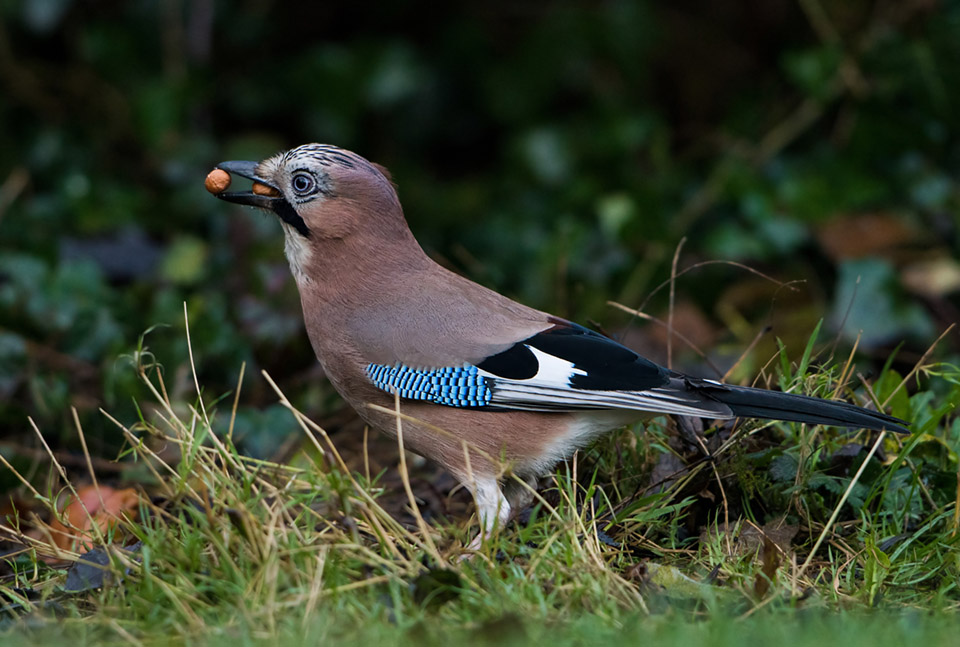
Jay with peanuts
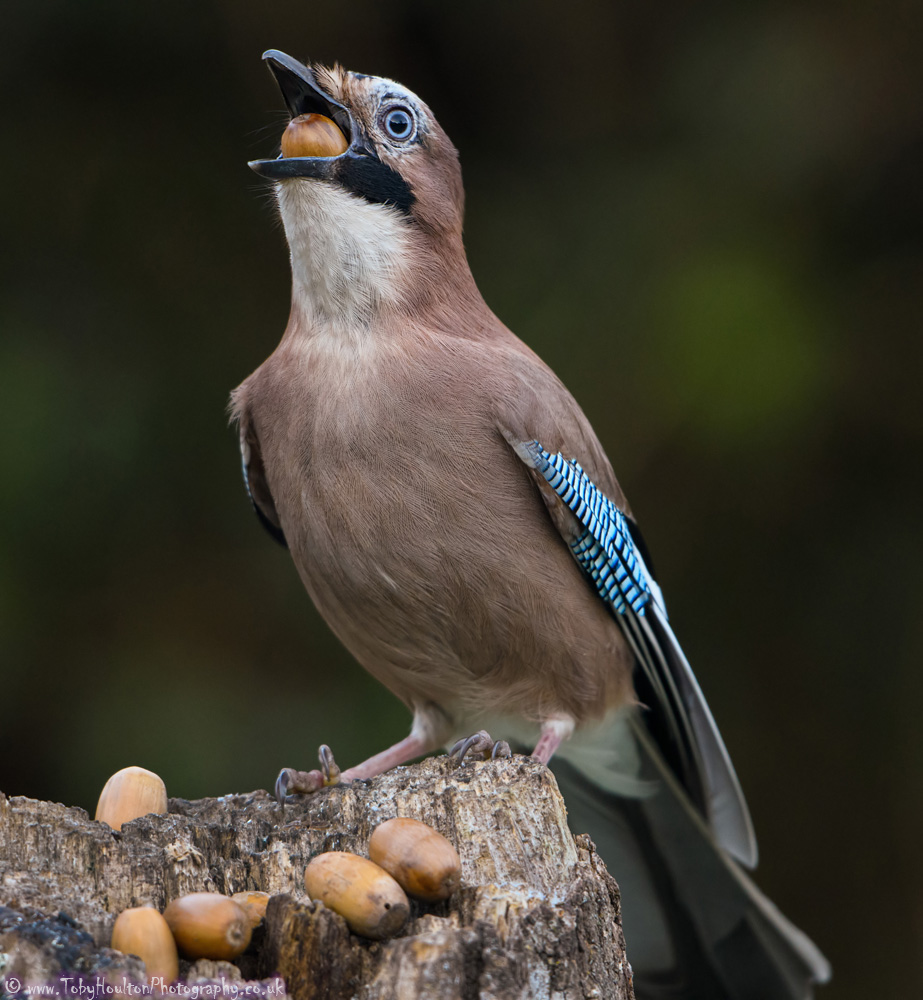
Jay swallowing acorn
Finally, around christmas I always try to get out for a final trip of the year. No chance of snow but a lovely (but very cold) day with virtually no wind made it perfect conditions to try and pay a final visit to the Bearded Tits at Rye Harbour Nature Reserve. They are so much easier to find in calm conditions but there is never a guarantee. I was actually walking back on my way home when I finally connected with these stunning little birds –
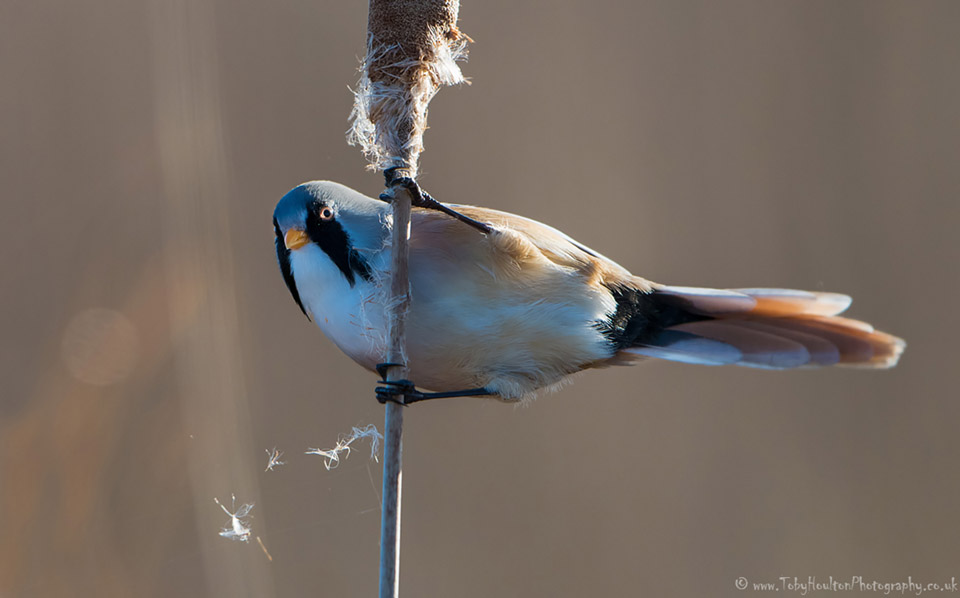
Male Bearded Tit on reed head
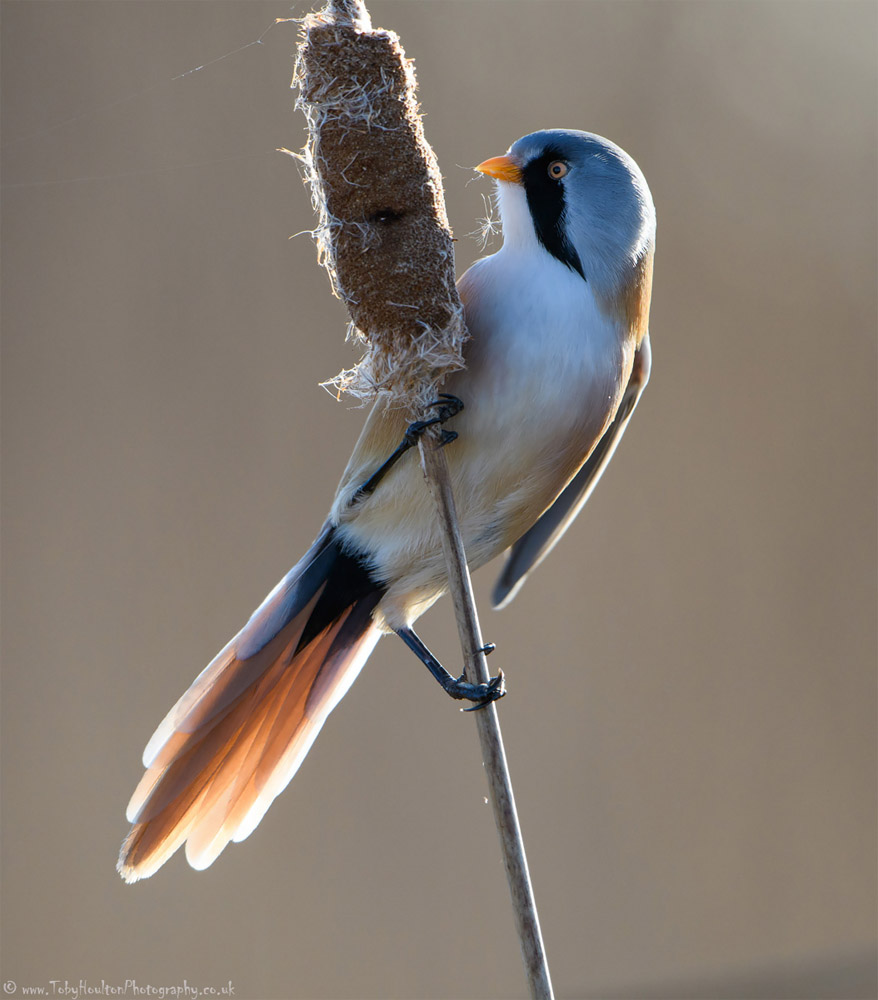
Bearded Tit feeding
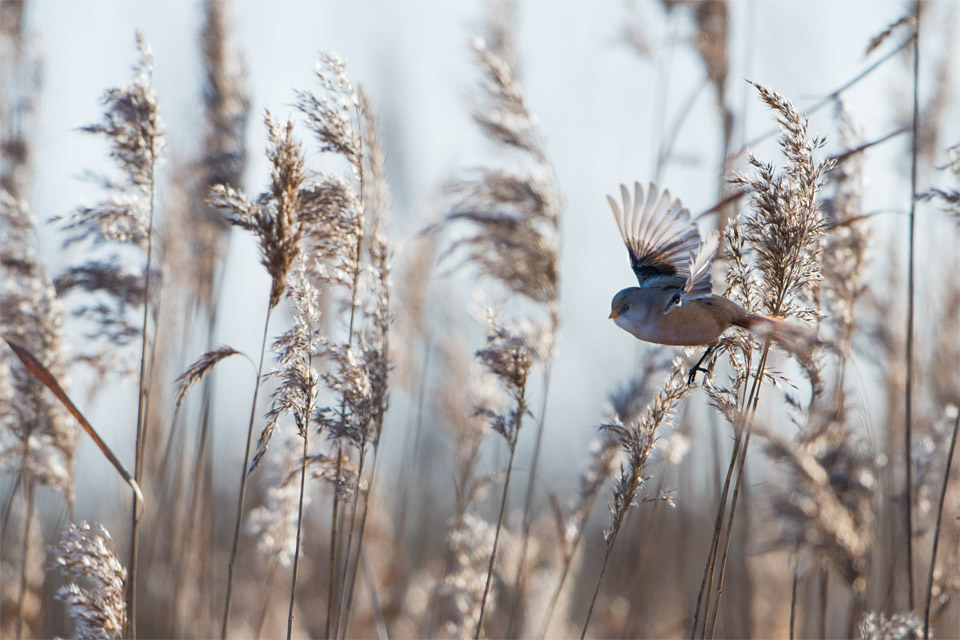
Female Bearded Tit in flight
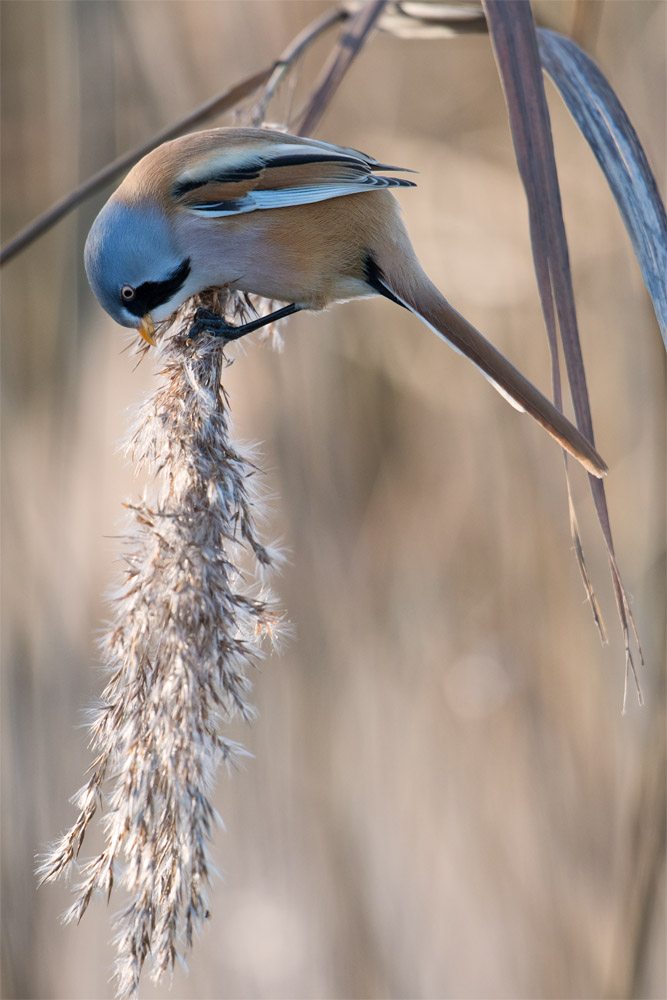
Bearded Tit feeding on seeds
Totally worth getting up and out into the freezing dark before the sun has risen to share some time with this family of six as they fed across the reserve.
So what does 2017 bring? The only plan so far is my first public talk about my photography which will be held at Winchelsea Community Centre on March 18th and is organised by the Sussex Wildlife Trust.
Really looking forward to the new experiences the year will bring and hopefully will have some to share with you through the year.
Thanks for reading.
